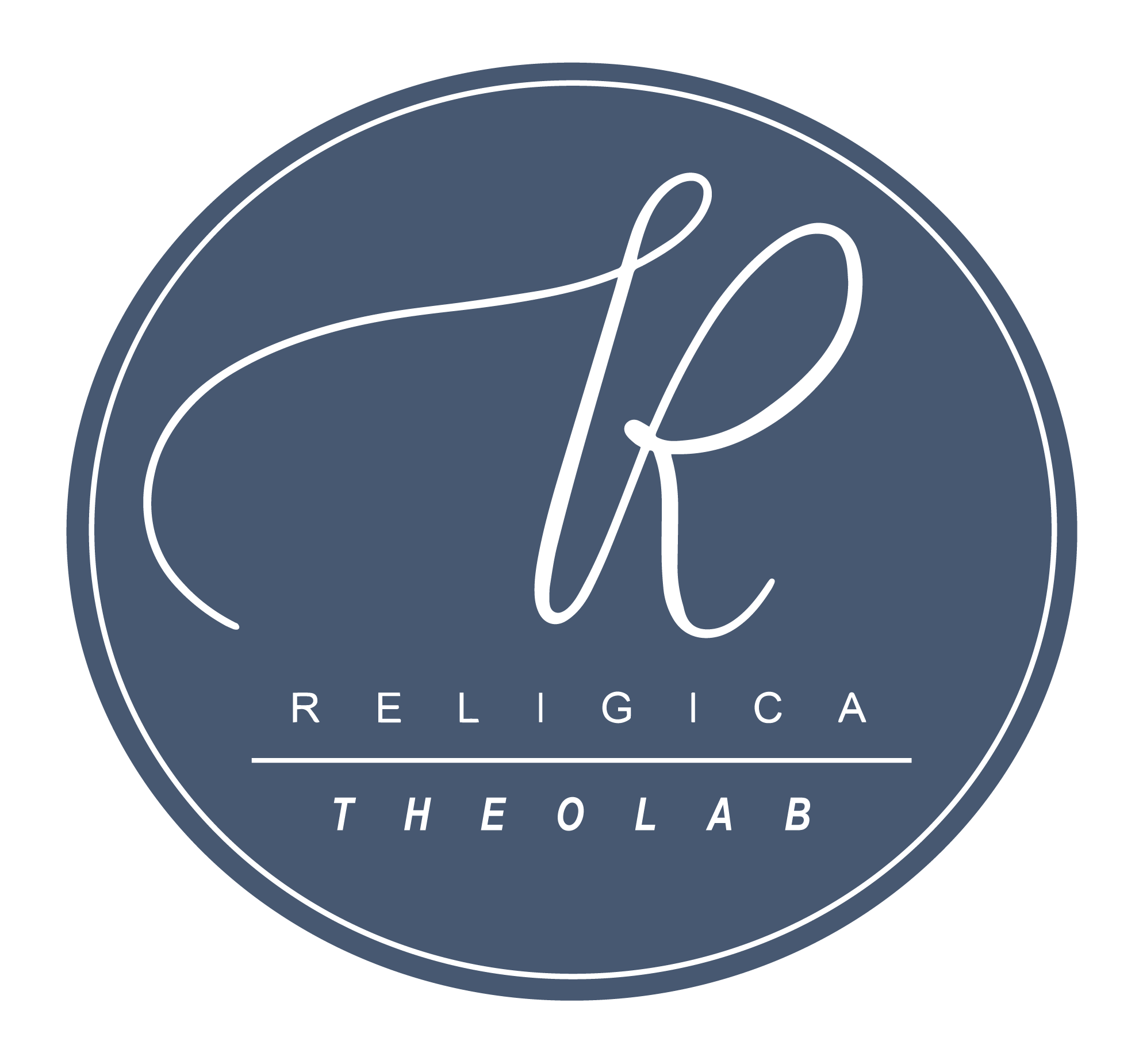Covid and Community: Being the Good Samaritan to One Another
Author: Susan Tababe, MFA
When the pandemic first began, I thought of the story of the Good Samaritan. Here we were not able to come within six feet of each other, holding our breath around anyone we passed on a sidewalk or grocery store aisle, and staring in fear at anyone who coughed within earshot. We were all the priest and the Levite, unable to approach the leper that was the disease and the diseased.
Soon after the fear came judgment. This person was being too cavalier and not taking precautions while this person was far too extreme and needed to loosen up. “We,” of course, were doing it the right way. But as work, school, and friendships moved to Zoom and we signed up for every streaming entertainment service available, the monotony set in.
It was nine months into the pandemic when my family and I decided to move into a co-housing community. I had never heard the term “co-housing” and ruffled at the thought of sharing any room in my house with a stranger, but this was not at all what I thought. Co-housing is an intentional community of private homes clustered around shared space with shared values. Or at least that’s what Wikipedia told me. It all happened so fast. My friend mentioned the word co-housing in October and two months later we were homeowners in a co-housing community of 16 homes.
Looking back, I think what drew us to make such a rash decision was the need for the sense of community the pandemic had stolen. The values in this particular community were ecological and social justice oriented. There were several shared spaces: a woodshop, an art studio, a garden, and a fire pit. There were committees. There was a Slack channel. There was a weekly happy hour on Zoom. There were other families with other kids and retirees and gay and trans couples. It sounded perfect, and in many ways it was and still is, yet “doing community,” especially during a pandemic, came with its hurdles.
Now the judgment of others on their handling of Covid wasn’t just discussed with spouses and best friends in private but with other community members. We began to form alliances with each other based on mindsets of right and wrong. A Covid-19 Slack channel was made and filled with stories from both sides of the fence, but all based in fear. The divide was widening, and the community we all moved here for was fracturing.
Yet as the first vaccines became available, most of the community began to gather with masks in other people’s home or at the fire pit. The simple act of being in one another’s company softened almost everyone. For all the good that Zoom and Slack had enabled, our laptop screens had become walls that shut us off from each other. Now we were able to see each other and, in doing so, realize that each of us was doing the best we could.
With masks on, we seemed to look at each other more. Without being able to rely on a smile or facial expression, the eye contact felt intimate. We had to practically stare at someone to visually read what they were saying. This too, gave us connection in a way we hadn’t experienced before. We began to exhale a little bit (and yes, fogged our eyeglasses in doing so).
Once we started engaging in the original practice known as “face time,” the mood shifted toward more forgiveness and patience. Even when Delta surged and Omicron came and we retreated indoors more, most of us knew we still had a community we could tap into. I knew it was readily available each time I walked outside to see someone sitting on their front porch drinking coffee and offering a wave.
Rebecca Mesritz, host of the podcast Inside Community, says it best: “In the default world, there are a lot of back doors. There are a lot of outs. It’s pretty acceptable to look out for number one to make sure that you and your own family are cared for first. When there’s conflict, it can be pretty easy just to walk away, and decide that you’re not going to engage with that person anymore or with that institution anymore…In an intentional community however, there is a heightened level of accountability and witnessing.”
I would say now—at least for me—that the only way to survive a pandemic is to practice community. You don’t have to move to a place like I did, but it is important to feel seen and even invited. It can be as organized as a place of worship or as organic as a hello to a stranger. It can be a silent prayer for someone you see having a bad day or a daily walk with a friend. The important piece is the act of connection to another. Whether we wear the masks or not or stand six feet apart or not, we can all be the Good Samaritan to those who need community, especially when that person is ourselves.


